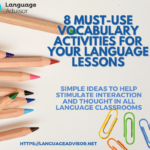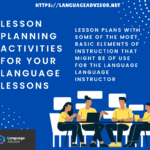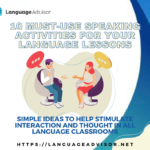8 Must-Use Icebreakers For Your Language Lessons. Simple ideas to help your students get to know each other in all language classrooms
8 Must-Use Icebreakers For Your Language Lessons
8 Must-Use Icebreakers For Your Language Lessons. Fun Icebreakers for All Language Classrooms
8 Must-Use Icebreakers For Your Language Lessons
A list of 8 Must-Use Icebreakers For Your Language Lessons to help your students get to know each other
Icebreakers are activities that help students get to know each other. The term “icebreaker” comes from the idiomatic expression, “to break the ice,” meaning “to attempt to become friends.” These icebreaker activities are intended to help a teacher, especially in that first week of a class, in order to establish classroom rapport and help students to feel comfortable with each other.
Icebreaker activities are essential precisely because language is a skill that must be practiced within groups, and that you must establish groups wherein learners feel comfortable to share, make attempts to speak new grammatical items, and even make mistakes and take risks. Icebreaker activities are also a good idea when a new learner or learners enters a classroom, or whenever you view that learners are not speaking freely with each other.
Most icebreaker activities simply have a number of interesting and personal questions, and offer ways to have students stand up and move around a classroom.
A good icebreaker generally gets students thinking and moving, and elicits a desire to share not only about yourself, but about other classmates
Learning another language is not only learning different words for the same things, but learning another way to think about things.
~
Flora Lewis

8 Must-Use Icebreakers For Your Language Lessons
What follows are a few very simple ideas to help stimulate interaction and thought in an classroom.

More Than Name Tags
Description
Use a worksheet like More Than Name Tags to help learners ask about fellow classmates.
More Than Name Tags is, in some sense, a giant name tag that gives interesting information about each student.
First, invite learners to write his or her name in the square that is surrounded by four other squares. Then tell students to fill in the other four squares: places, people, things, and dates. You may wish to model this for students by having a name tag that you have created about yourself.
As students fill out their names tags, you may need to help them find the right words for each category. After students have filled out their form, have them pin it to the front of their shirts and ask them to go around and introduce themselves, making clear that they should ask questions based on the four squares. You may need to model questions on the board:
• What places have you lived?
• Who are those people?
• Why did you write down those things?
• Why are those dates important (to you)?
As a variation, invite students to be in pairs, and tell the pair that they will introduce a partner by sharing one or more things that they learned about the person.
A variation includes using dices.
Here is an example
All downloads are in PDF format

String Get-to-Know-You
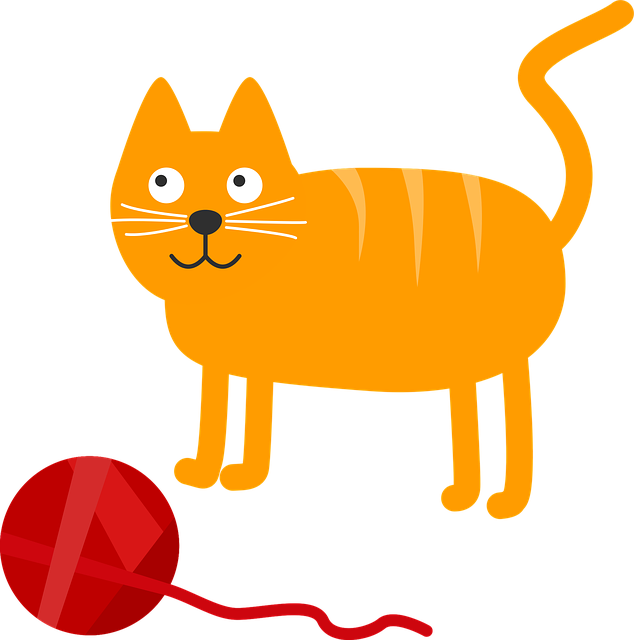
Description
This game requires a ball of uncut yarn and 10 get-to-know-you questions. Invite students to stand in a circle. Instruct the students that they must answer a question if they are holding the ball of yarn. Begin with the ball of yarn, making sure to hold on to the end of the string with one hand, and throwing the ball with the other hand. When the student catches the ball, make sure that you ask them to make sure that the string between the student and you is tight, like a line, connecting the two of you together. Now ask the student one of the 10 get-to- know-you questions.
Here is a small list of examples:
• How long have you been studying the target language?
• What are your hobbies?
• What do you like to do in your free time?
• What hobbies do you have?
• What kind of people do you like?
• What kind of people do you not like?
• What languages do you speak?
• What’s something you do well?
• What’s your favorite food?
• Do you have any pets?
• Are you married or single?
• Do you have brothers and sisters?
• Do you like baseball?
• Have you ever lived in another country?
• Have you ever met a famous person?
• How do you spend your free time?
The students must then pass the ball of string to someone else, making sure that each person holds the string with one hand, so that eventually the string forms aweb. It is fun to watch and fun to catch and is a great metaphor for how we are all connected through language.
Here are some examples
All downloads are in PDF format


Find Someone Who
Description
Provide each student a handout. Tell students that they will be “finding someone who” matches the description on the list.
Tell students that you can only have one student sign per handout, and that they must change the prompt to a question. In other words, if the template says, “Find someone who has a short name,” then the speaker must ask, “Do you have a short name?”
If the speaker asks a question, then the listener can give an answer (Yes, I have a short name. / No, I don’t). If the answer is affirmative, then the partner can sign the paper. The person who obtains the most signatures is the person who wins the game.
This activity requires students to get up and move around, and can be a great way to mix and mingle.
A variation is using the bingo cards.
Here are some examples
All downloads are in PDF format
Here are some bingo games

Three Objects in a Backpack

Description
Place three items in a backpack and explain to students that each of these three things has personal meaning (for example: a trophy, a picture, a ticket stub). Ask students to bring three objects to class and share what the objects mean to them.
They should be personal and interesting. The other students in the class shouldpredict what each item might mean before the student shares.
A variation is using a worksheet with a T-Shirt.
Here is an example
All downloads are in PDF format
Here is an image
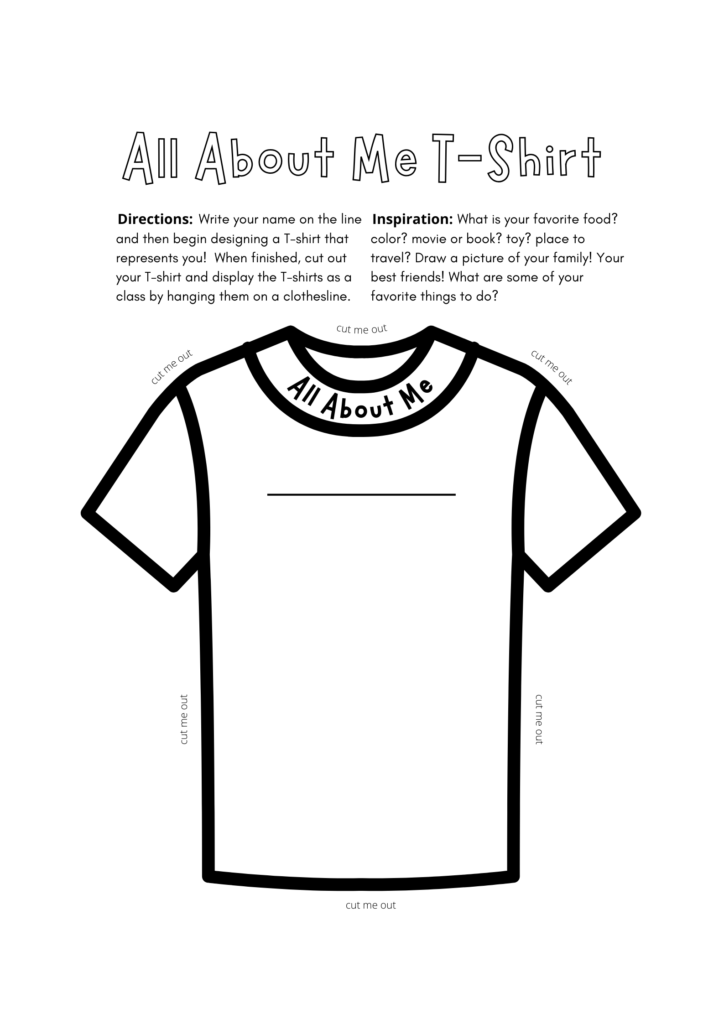
Here are some “All about me” Worksheets

Sentence Starters: What’s My Line?

Description
Give students a handout with unfinished sentences and tell them that the entire class will be required to finish one of the many sentence starters listed on the handout. Tell students that you will begin, and choose one of the sentence starters and finish it (For example, “I love to give good students an A in this class.” Then choose another student, and choose a sentence starter for them.
Juan, what will you never forget? Juan: I will never forget…
As the teacher, you will need to help students to prompt the next student by creating a question from each prompt. At more basic levels, invite students to choose their own prompt. At advanced levels, have students do this exercise in pairs or groups


Value Lines
Description
Tell students that everyone will have to stand on a line in the room, and that the room is divided into two parts. Place signs to help people see the two different sides of the room. Tell students that one side of the room is for people who STRONGLY AGREE, and the other side of the room is for people who STRONGLY DISAGREE. Tell students that they will have to stand in the part of the room that they think most closely resembles how they feel.
Have a few prepared statements or questions that students might agree or disagree with strongly. For example, “I love sports,” or “I like to have a clean room,” or “Television is better than reading.” If a student really loves sports, they would stand as far to the one side of the room as they could. Alternately, if they hated sports, they would stand on the complete other side of the room. If they don’t care that much, they would stand somewhere in the middle. Tell students that they must talk with each other to decide who agrees or disagrees more or less. Some questions, such as, “I have been studying the target language a long time,” can definitely get conversation going and make individuals have to decide where they fit in a line.


Toilet Paper Caper
Description
The Toilet Paper Caper activity begins by standing at the door students enter. As you stand at the door, as students enter ask them the unusual question, “How many pieces of toilet paper do you need?” Do not tell students what the toilet paper will be used for. If a student asks, just tell them (cryptically), “Just take as many as you think you need.”
After everyone has entered the classroom, explain to students that the pieces of toilet paper indicate the amount of items (pieces of information) a learner must reveal about him or herself.

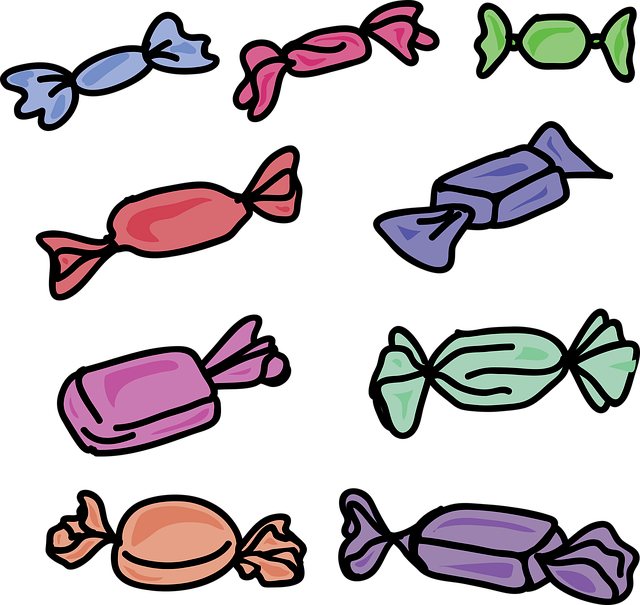
M&M’s
Description
This game has the same rules as the Toilet Paper Caper. However, instead of using toilet paper, use M&M’s or another small candy to represent the times a student must answer something about him or herself. Tell students that they cannot eat the candy until they have said something about themselves.

8 Must-Use Icebreakers For Your Language Lessons
Here are some other Icebreakers you can find on Language Advisor
Icebreakers For Your Language Lessons










